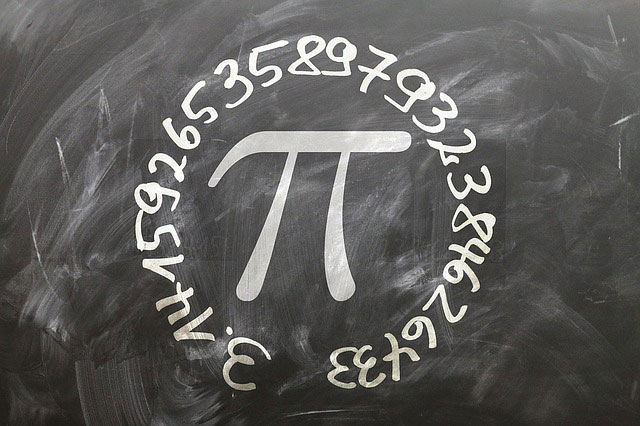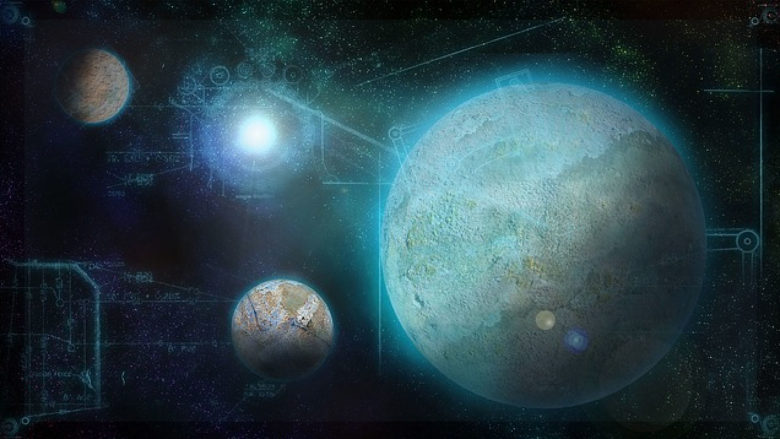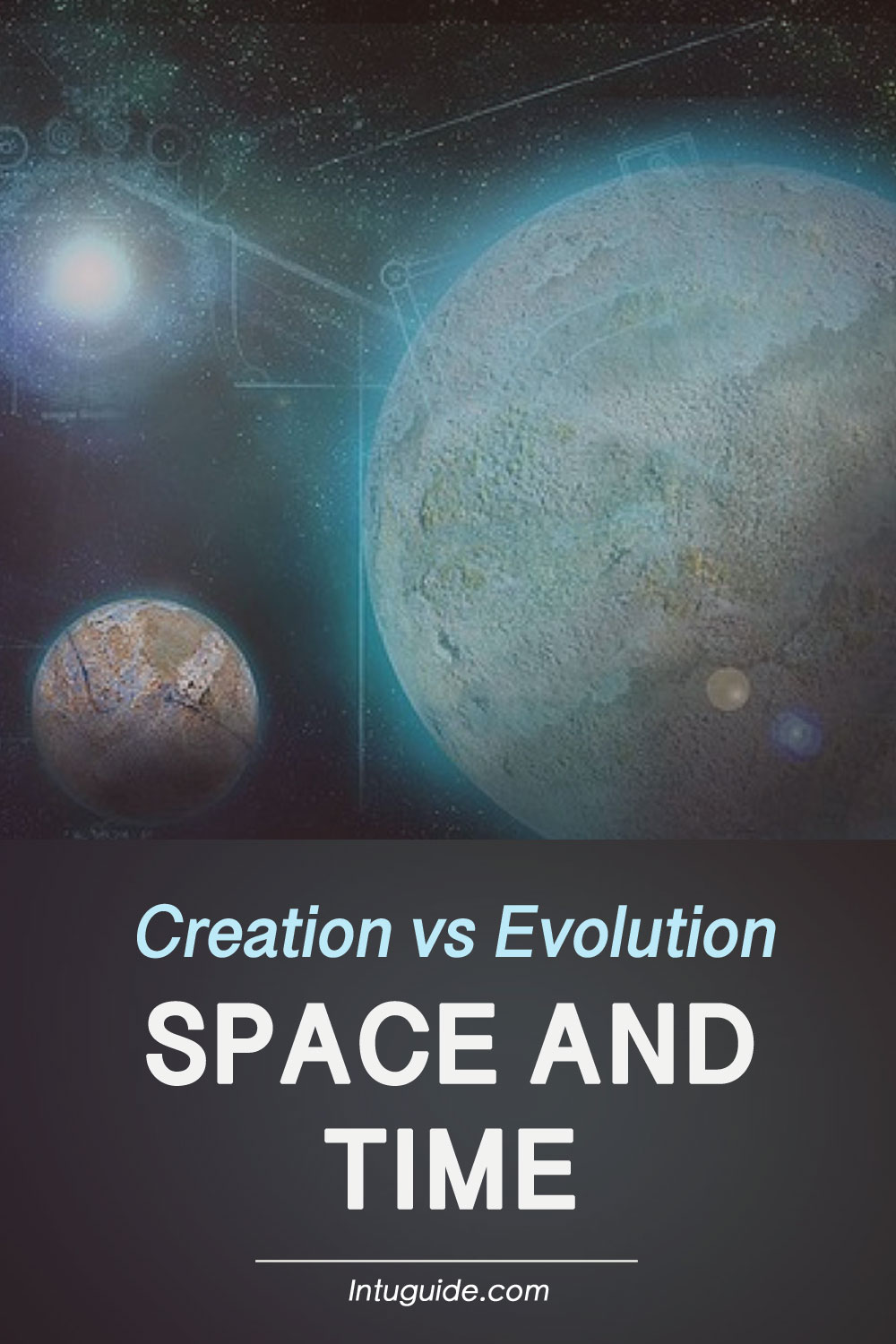Everything in the universe and nature shows itself in the form of a beautiful design. From a creation vs evolution perspective, nature’s numerous properties and constants create everything in the right size and order.
If something is out of balance, it causes instability and chaos within the system.
The original Big Bang theory states that four fundamental forces such as space, time, matter, and energy began to separate from each other looking like short but dramatic hyperinflationary expansion.
Everybody knows how an actual explosion looks. Any explosion produces chaos and destruction without exception. How likely is any chaotic explosion or dramatic hyperinflationary expansion can create a single thing of exquisite design instead of chaos and destruction? Can a chaotic explosion create all life, let alone complex life forms such as large animals or human beings?
Dr. B. G. Ranganathan once said:
…the probability of life originating from accident is comparable to the unabridged dictionary resulting from an explosion in a printing shop (Origins, p. 15).
Another scientist, Sir Fred Hoyle, an English astronomer and professor of Astronomy at Cambridge University also agrees with the above statement:
The chance that higher forms have emerged in this way is comparable with the chance that a tornado sweeping through a junkyard might assemble a Boeing 747 from the materials therein (Nature, Vol. 294, Nov. 12, 1981, “Hoyle on Evolution,” p. 105).
And this only speaks to the likelihood of any life at all, rather than the most highly complex forms such as large animals or human beings—let alone all the different kinds of life that exist today.
The Right Size and Location

By Gerd Altmann from Pixabay
The majority of atheist cosmologists believe that the formation of the universe is an entirely random process and it can evolve into many random forms. If it were true, nearly all possible universes would consist solely of thermal radiation (no matter).
The size constant of the universe cannot be changed. It cannot be smaller than it was during the Universe’s expansion due to nuclear fusion. If the Universe was smaller, it would consist entirely of hydrogen.
The energy field has a strong nuclear force to hold atoms together. When the hydrogen atoms fuse, 0.7% of the mass is converted into energy. If we lower the number to 0.6%, then a proton would not bond to a neutron, and the universe would consist only of hydrogen. With a 0.8% fusion value, no hydrogen would survive the Big Bang because everything happens fast.
Other calculations are even stricter than this. Slightly smaller or bigger variable produces different results. The universe would exist as a collection of diffused gas or consist solely of black holes. The scientists concluded that if any part of the universe becomes larger (in baryons measurement) than it is now, it would collapse before life is possible.
The most recently discovered physical law, the cosmological constant or dark energy, is the closest to zero of all the physical constants. In fact, a change of only 1 part in 10120 would completely negate the effect. The physical constants required to produce carbon and oxygen in stars is also narrowly fine-tuned. A value for Hoyle stated 2% higher than the measured value would prevent the formation of carbon. A value 2% lower than the measured value would produce lots of carbon, but no oxygen. Both are essential atoms for life.
Everything in our solar system is located perfectly. Even a single accidental shift would result in the destruction or unwanted results:
- If Earth moves 10% farther from the sun, it would lead to freezing
- If Earth moves 10% closer to the sun, the temperature would rise intensely
- If Earth moves 20% closely to the moon, tidal waves would wash out the Earth’s land surface
By having things happen randomly, without these odds and factors, it would be impossible to have the world we have today.
Another scientist, Dr. Ross, in his work states that the universe follows strict mathematical and physical laws. He calculated the exact value for galaxy size, type, location, the birthday of the sun, planetary distance from stars, its mass, and distance from the moon. He concluded that it was highly unlikely that there would be another planet like Earth anywhere in the Universe with similar parameters.
It is highly unlikely to have a similar planet in our galaxy. Any real scientist or mathematician would admit that Earth was created the way we see it.
The First and Second Laws of Thermodynamics
Evolutionists believe that many things came slowly into existence from nothing or that everything evolved gradually into something else. The problem is, matter can’t generate itself. The entire universe and its radioactive elements can’t slowly come into existence by accident or on their own.
So what is the origin of all matter in the universe? Has it always existed or there was a moment that it came into existence? If so, how did it happen?
The scientific community established the first and second laws of thermodynamics that serve as proof that things can’t come slowly into existence from anything.
The First Law of Thermodynamics
The first law of thermodynamics explores the conservation of energy in thermodynamic systems. The law states that the total energy of an isolated system is constant. The energy cannot be destroyed or created and can only be transformed from one form to another. According to the thermodynamics law, matter and energy can be neither created nor destroyed, e.g., no new matter or energy is coming into existence, and no new matter or energy is coming out of existence.
The first law can be actual proof that all matter and energy within it must have a divine origin and be created by higher intelligence at a precise moment.
The Second Law of Thermodynamics
Evolution theory also teaches that everything is gradually evolving into a complex and more developed form or order. According to this theory, things should get better and more evolved, not degrade. That would also contradict the second law of thermodynamics which states that complete entropy will increase over time for a closed system (the universe in this case).
For example, heat always flows from a hotter state to a colder, and never the opposite, unless external work is performed on the system. When water is heated up to 150 degrees, and then a stove is turned off, the temperature will eventually drop. Someone then needs to do external work on the system to warm the water in a stove.
According to scientific research, the primary frictional or viscous effects done on the system by its surroundings are due to the heat transfer that occurs only irreversibly. It is driven by the temperature difference.
While it is possible that a couple of values can be modified accidentally or by chance, all of the elements in the closed system, the universe, or nature can’t be modified or fine-tuned by chance or accident.
Space and Time

By Steffen L. from Pixabay
For many years astronomers from Naval Observatory tracked the motion of Earth in relation to the cosmos to accurately measure time. All of the clocks were set with these strict calculations.
Scientists from the National Institute of Standards and Technology built an optical clock, which is one of the accurate clocks made today. It was made by measuring time with light, where time was measured in femtoseconds, using mercury ions to count the number of times they vibrate in a second. Optical clocks only slip by one second every 30 billion years and are 1,000 times more accurate than atomic clocks.
God designed the complexity of time in the cosmos and Earth while we are still learning how to capture what God designed to measure time. It is hard to imagine that such a complex process can appear by accident and set the motion of Earth in the cosmos so we can measure time accurately.
We also learned how to measure Cesium 133 atoms and capture the movement of cooled mercury ions to count time. This is an extremely precise process that can’t be created by accident.
Conclusion
According to the Big Bang theory, space, time, matter and energy generates from a short but dramatic hyperinflationary expansion. It is impossible to produce simple or complex life forms from a chaotic explosion. Even the first and second laws of thermodynamics are real proof that the total energy of an isolated system is constant. The energy can only be transformed from one form to another, but cannot be destroyed or created.
And finally, we have the finest watchmakers in the world who are still creating imprecise clocks. From the creation vs evolution perspective, some people are still trying to convince others that the best and the most precise clocks in the world – atomic, optical clocks, and entire galaxy were created by accident. How can someone assume that such sophisticated design and precision developed on their own?
As there is a designer behind each design, there is the greatest watchmaker behind each great watch.
*As an Amazon Associate, I earn from qualifying purchases.



